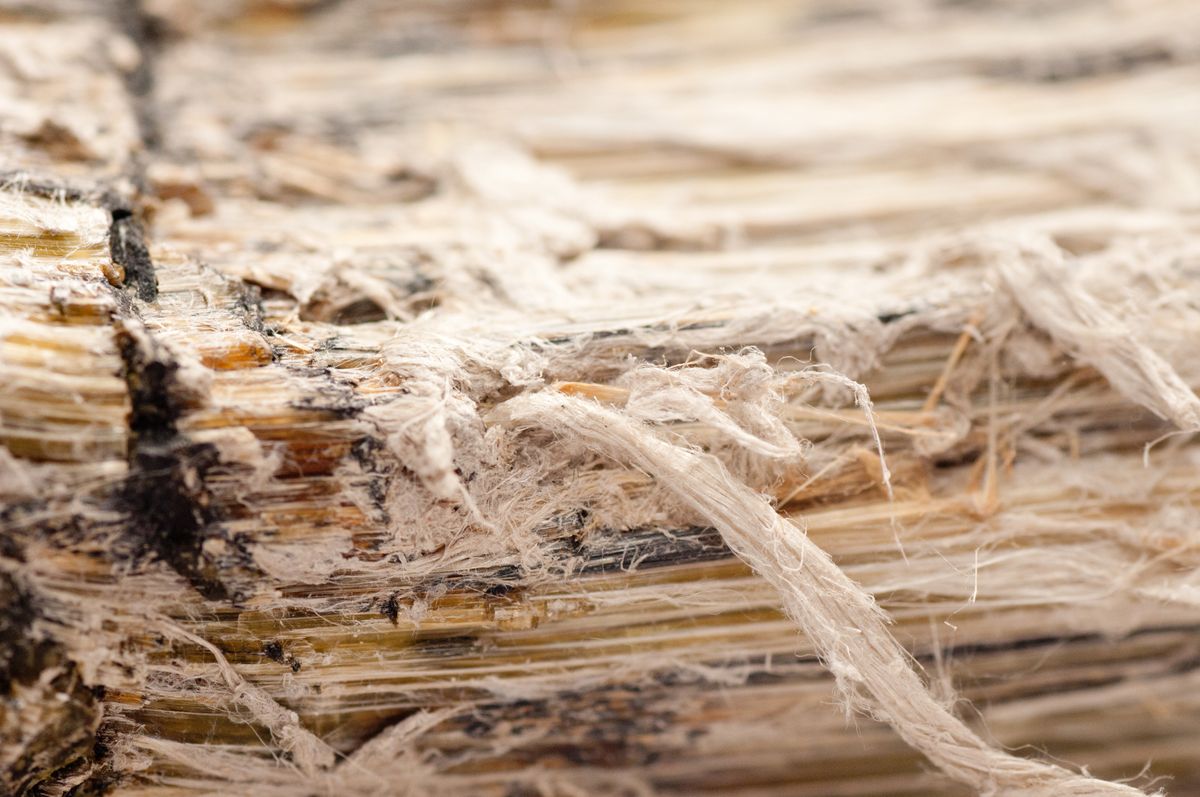
Asbestos
What is asbestos?
Asbestos is the commercial term for long, thin, fibrous crystals mined from the earth. The fibers are microscopic and can be broken into even smaller fibers when manipulated. There are two main types of asbestos - amphibole and serpentine. Under the microscope, amphibole fibres are straight, like a nail, and serpentine fibres are wavy. Amphiboles include amosite and crocidolite. These fibers are primarily from South Africa. Amosite is brown in color and was used heavily during World War II in thermal insulation aboard ships. Crocidolite is blue in color and was used in various products including cement pipe. Serpentine asbestos is called chrysotile, is white in color, was mined in the United States and Canada and was the asbestos used in the vast majority of products, thousands of products, in this country. Asbestos was used in products as a heat and fire resistant binder. It has tremendous tensile strength, stronger even than steel. It stands up to heat, chemicals and corrosive environments. This hardiness, unfortunately, is why it is bad for the human body. Once inhaled into the lungs, the fibers are so small and durable, they are not easily removed by the body where they can cause great harm. All asbestos, regardless of type, has been proven in peer-reviewed scientific and medical literature to cause all of the asbestos-related diseases: asbestosis, lung cancer, and mesothelioma.